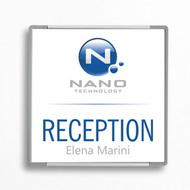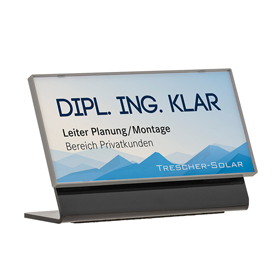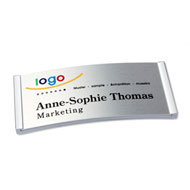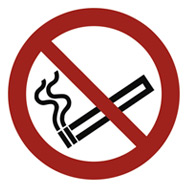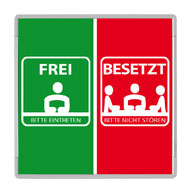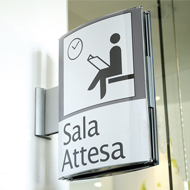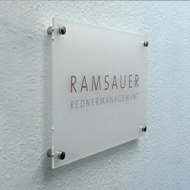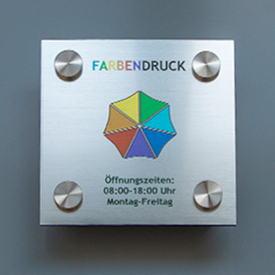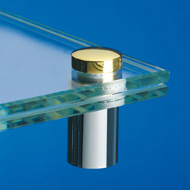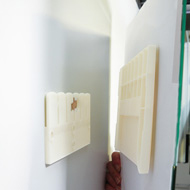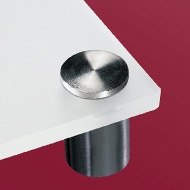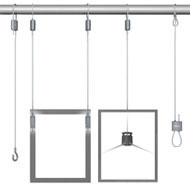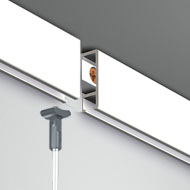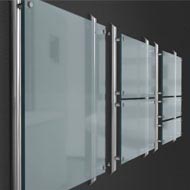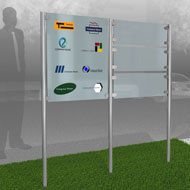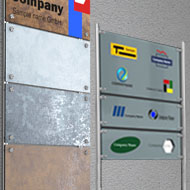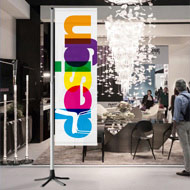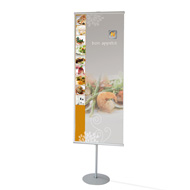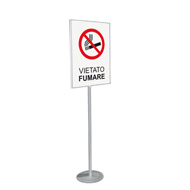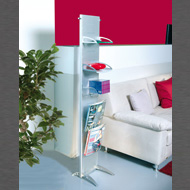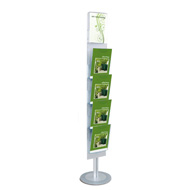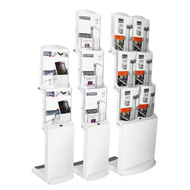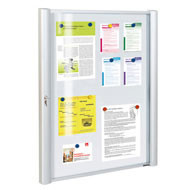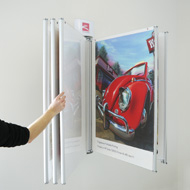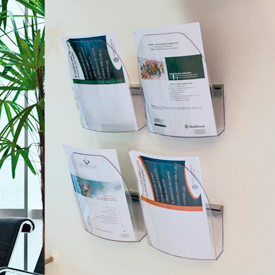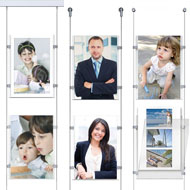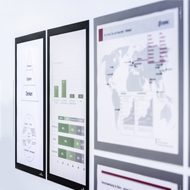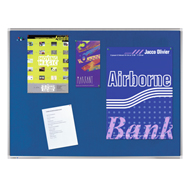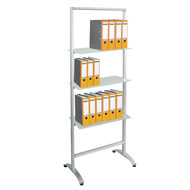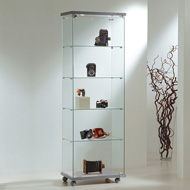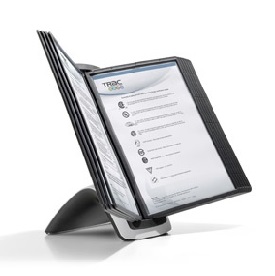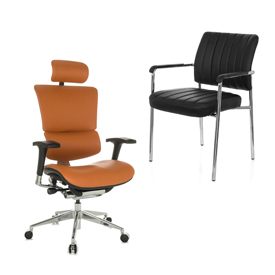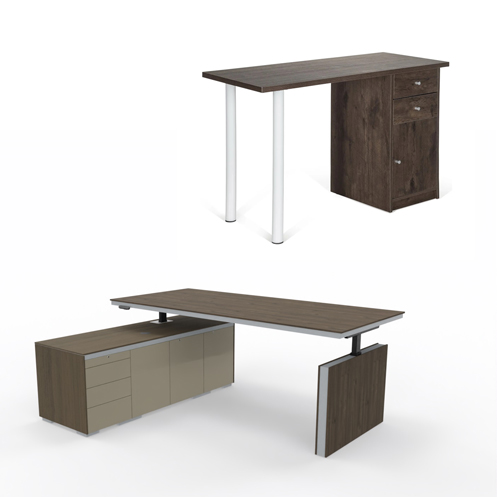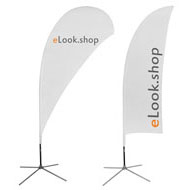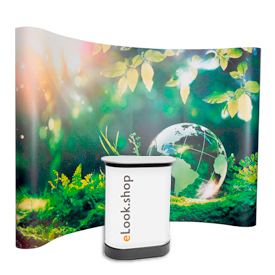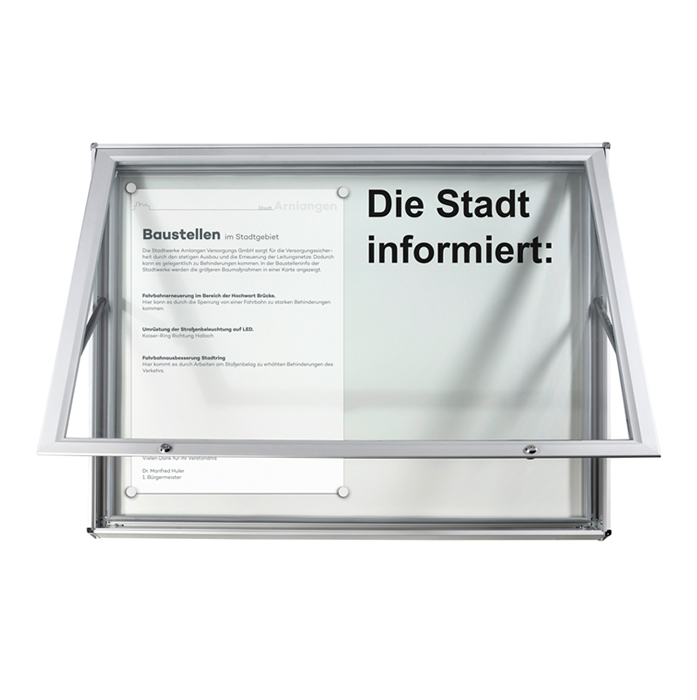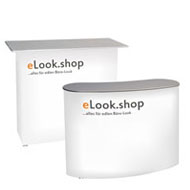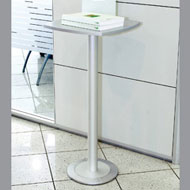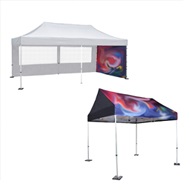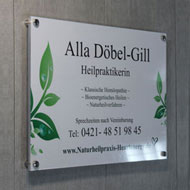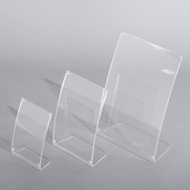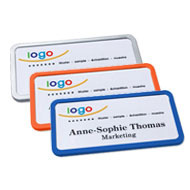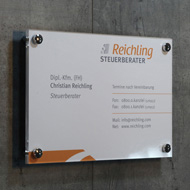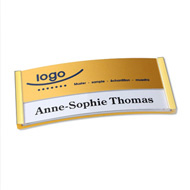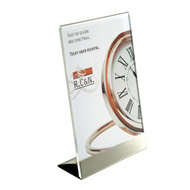3 mistakes to avoid when creating newsletters
Saturday, May 1, 2021
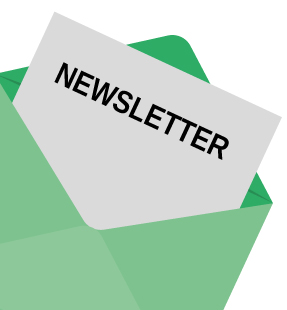 Newsletters polarize : on the one hand, they are often perceived as annoying by the recipients, on the other hand, they are still opened frequently. And there are even newsletters that subscribers are eagerly awaiting.
Newsletters polarize : on the one hand, they are often perceived as annoying by the recipients, on the other hand, they are still opened frequently. And there are even newsletters that subscribers are eagerly awaiting.One thing is certain: newsletters were and are an integral part of the marketing mix in most companies.
But precisely because newsletters are repeatedly cursed by their recipients, it is essential for every company to observe a few rules . This is the only way for your company to be able to send out newsletters that people enjoy reading and are not immediately thrown into the trash by unnerved recipients.
Our guest author Gregor Engel has many years of experience in creating newsletters as a freelance copywriter in Hamburg . In this article, he reveals the 3 most common mistakes companies make when creating newsletters. Avoid these mistakes - and your newsletter has a chance to become a welcome guest in the inbox.
Mistake 1: Newsletter that has only one goal: to sell
The first mistake companies make when creating newsletters is focusing too much on sales . The recipient notices this as soon as he opens it: the newsletter is full of product images, product descriptions, offers and prices. The great danger here is that the recipient feels pressured to buy something and immediately closes the newsletter again – because printing is a very bad seller.Better: Bring some variety into your newsletter. It is clear to the readers that it is ultimately about selling a product. But the “how” is crucial here!
A great method: "Storytelling" - stories about the product that arouse emotions in the reader . So add information to your newsletter that is not directly related to your product. For example, if you sell fishing accessories, the newsletter can display a calendar of this year's outdoor trade fairs, report on a fishing trip in Canada, etc. On the one hand, this makes your company appear as an expert, and on the other hand, readers learn that your newsletter contains interesting Additional information about your own passion is to be expected - and that increases the opening rate!
Mistake 2: The newsletter that is supposed to appeal to everyone – but doesn't reach a single one
A newsletter often has hundreds, sometimes even thousands, of recipients. The danger here: Newsletters are perceived by their recipients as impersonal - and not read. One thing is clear: newsletters that are sent out in this size cannot be individualized down to the last detail. But there are ways in which at least a more personal impression is created!The first trick: The personalized salutation – now almost a must-have for newsletters and technically feasible without much effort. The advantage is more of a psychological nature: Because even if most readers are aware that the individualized address is an automatism, the reader still feels personally addressed and picked up. A good step towards a sustainable customer relationship.
The second trick is good language . Newsletters that are always riddled with the same hackneyed headlines and phrases give the reader exactly one impression: Someone has put very little effort into this. No wonder readers then lose interest in the newsletter. The solution: companies should keep relaunching newsletters and do without familiar text modules .
An allusion to current affairs is a way of presenting products that are repeatedly advertised in a different way. In concrete terms, this means: Let the seasons, the upcoming soccer World Cup or the summer holidays flow into your texts. To stay with the example of the newsletter of a shop for fishing accessories, a headline could be better "Summer time, fishing time" instead of "Discover our fishing rods".
But one thing has to be considered: the livelier and fresher texts are to appear, the more work they require. So if you are very limited in your resources, working with a newsletter copywriter might make sense for you.
Mistake 3: The newsletter where only the inner values count
Many think: A good newsletter stands and falls with its content. And that's not fundamentally wrong. But if a company focuses solely on the text or content of the newsletter, an important point is forgotten: the layout .Even today, you often receive newsletters whose layout is not very appealing. And that can have many reasons: The newsletter is overloaded with text and there are no pictures at all - or vice versa. The layout does not suit the company. But an outdated design can also mean that the newsletter is not opened again the next time it is sent.
It is often forgotten that a newsletter is perceived on many levels - also on the visual level. An appealing layout is required here that picks up the reader emotionally. How it works? For example, with fresh colors, clear shapes or inspiring images.
But not only the emotional component plays a role in the layout, because a good layout also helps the reader to grasp content quickly and not to lose track. For example, if your newsletter contains various modules with different topics, it makes sense to differentiate between the individual blocks graphically. Because that gives the reader the opportunity to roam the different blocks with their eye and stop where there is interest. If, on the other hand, it is a coherent block of text, there is no way for the eye to distinguish between the individual topics. The result: the entire text is often not read.
As you can see, there are a number of stumbling blocks on the way to a good newsletter. But not only large companies can create it, which commission an advertising agency for it. Even small businesses can put out great newsletters—you just have to dare. Give yourself a push, research the many other articles on the subject of newsletters on the Internet and find out. And then: get to the keys!
